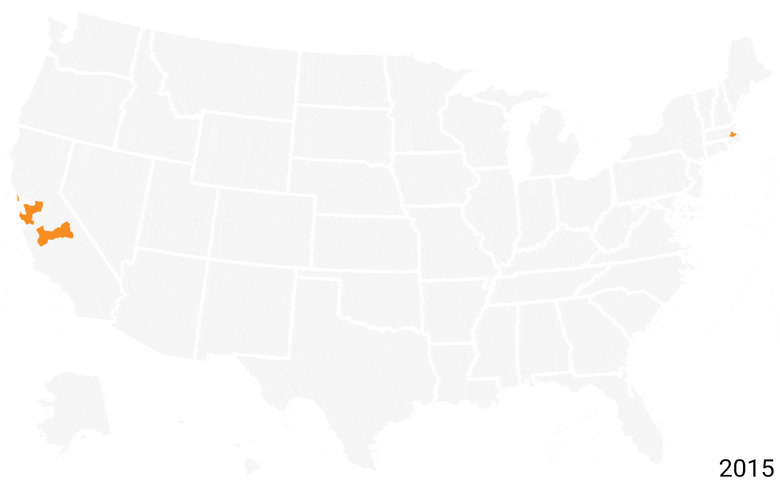Google Project Sunroof Details 'Solar Potential' Across All US States
Solar power is on many individuals' radar, but even as costs come down, many people are unsure about whether they should take the plunge and have it installed for their own home. Here to help is Google's Project Sunroof, something that first launched in 2015 to shed light on whether any given building in the nation has adequate enough 'solar potential.' As of now, Project Sunroof has been expanded to cover every state in the country.
Project Sunroof is a massive undertaking, one that relies on Google's Maps and Earth technology, as well as machine intelligence and 3D modeling to make its determinations. Monitoring locations over the course of a year, Google figures out how much light any given roof receives throughout that year, factoring in things like typical weather, the changes in the sun's position in the sky throughout the year, and more.

The GIF above shows the project's coverage across the nation — while many places are still left out of the analysis, Google's estimations cover a greater region than ever, and show a huge uptick in data in just a couple years. Based on the info it has gathered thus far, Google says that 79% of the rooftops in the U.S. (that have been analyzed) are 'technically viable for solar.'
As we'd expect, some places in the U.S. are better suited to solar panels than others, namely Arizona, New Mexico, Nevada, and Hawaii, where more than 90% of homes are viable. On the opposite end of the spectrum are states like Minnesota, Maine and Pennsylvania, where the number drops to about 60%.
When it comes to cities with the best solar potential, Google shows Houston, TX, as the runaway victor, with an estimated potential of 18,940GW of solar power generation from rooftops. The next in line is Los Angeles at 14,905GW, followed by Phoenix, San Antonio, New York, San Diego, Jacksonville, Oklahoma City, Dallas, and Albuquerque. Those cities alone, assuming they achieved their max solar potential, could power ~8 million homes every year from solar.
SOURCE: Google Blog
